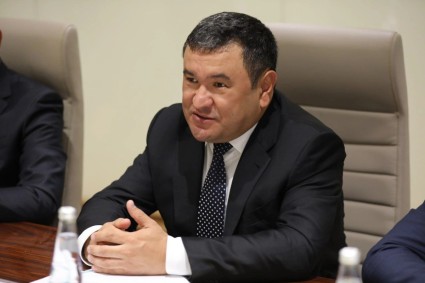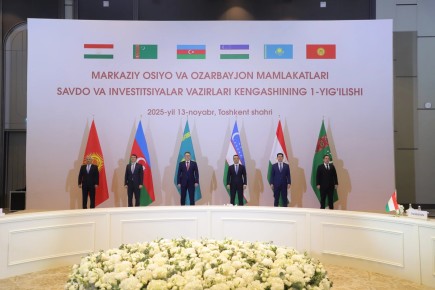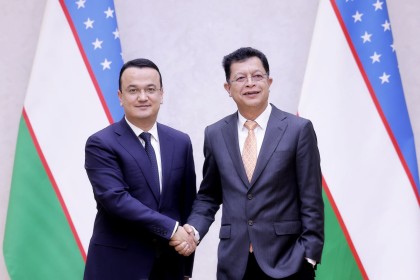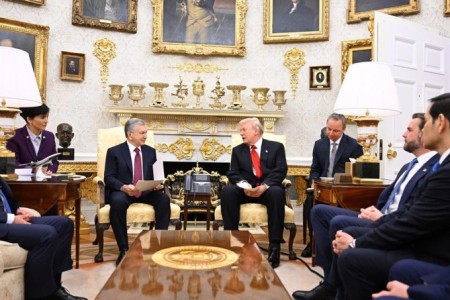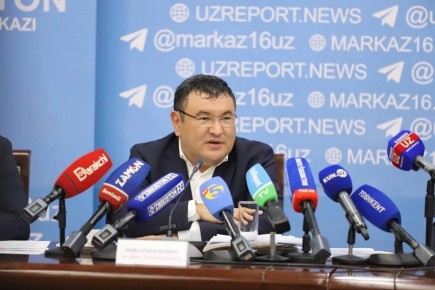An upturn in the global economy—now growing by about 3 per cent— paves the way to reorient policy towards longer-term issues such as addressing climate change, tackling existing inequalities and removing institutional obstacles to development, according to the United Nations World Economic Situation and Prospects (WESP) 2018 Report.
According to the report, in 2017, world economic growth has reached 3 per cent—the highest growth since 2011— as crisis-related fragilities and the adverse effects of other recent shocks subside. The improvement is widespread, with roughly two-thirds of countries worldwide experiencing stronger growth in 2017 than in the previous year. Global growth is expected to remain steady at 3.0 per cent in 2018 and 2019.
Stronger economic activity in the CIS area
The pace of economic activity in the CIS area is accelerating, marked by the return to growth in the Russian Federation. Belarus is exiting recession and growth has accelerated in Kazakhstan; Armenia, Kyrgyzstan and Uzbekistan have reported vibrant economic activity indicators. Uzbekistan’s GDP will grow by 6.5% in 2017 and to remain strong, as the liberalization of currency regulation and the ongoing shift to convertibility opens new investment opportunities.
Improved terms of trade, a more supportive external environment and less volatile macroeconomic conditions, have contributed to a more favourable economic climate for the region. Following a near stagnation in growth in 2016, regional GDP is expected to have rebounded to 2.2 per cent in 2017. Growth is projected to accelerate to around 2.3 per cent and 2.4 per cent in 2018 and 2019, respectively. The Central Asian economies are expected to expand faster than other CIS economies, benefiting from stronger remittance inflows, the implementation of the “Belt and Road” initiative, and, in some cases, fiscal spending on development. Nevertheless, for most of the CIS, projected growth is relatively modest and will remain well below pre-crisis rates.
Domestic demand is driving the recovery
The report notes that the recovery is largely driven by domestic demand. In the Russian Federation, the dynamics of retail trade and mortgage lending are improving amid positive real wage growth. However, consumption is still relatively weak. Investment is recovering from the last year’s slump and in the Russian Federation is being boosted by the 2018 FIFA World Cup preparations.
Inflation performance diverged in 2017
Inflation in the CIS in 2017 ranged from a near-zero inflation in Armenia to double-digit price increases in Azerbaijan and Ukraine. In several countries, price pressures have eased amid the strengthening of exchange rates. By contrast, hikes to utility costs pushed inflation up in others. In the Russian Federation, lower food prices have brought inflation to record low levels. Consumer price inflation in Uzbekistan is estimated at 10.5% in 2017 against 9% in 2016, 8.1% in 2018 and 7.6% - in 2019
Many countries have loosened the monetary stance, but real interest rates remain high
Slowing inflation allowed for policy rate cuts in a number of countries in 2017. However, real interest rates remain high in comparison to other emerging markets. Lending, in particular to households, has picked up, but the banking sector in the region remains generally in poor shape. While state support has been substantial in recent years, more support will be required.
Risks and policy challenges
Despite the improved short-term outlook, the global economy continues to face risks—including changes in trade policy, a sudden deterioration in global financial conditions and rising geopolitical tensions.
The world economy also faces longer-term challenges. The report highlights four areas where the improved macroeconomic situation opens the way for policy to address these challenges: increasing economic diversification, reducing inequality, supporting long-term investment and tackling institutional deficiencies. The report notes that reorienting policy to address these challenges can generate stronger investment and productivity, higher job creation and more sustainable medium-term economic growth.
For the CIS, the report cautions that several cyclical and structural constraints are posing challenges to the region’s near-term and medium-term economic prospects. These constraints include international sanctions against the Russian Federation which are restricting access to certain technologies and limiting access to capital markets; the conflict in the east of Ukraine; limited room for fiscal stimulus; and distressed banking sectors.
In addition, progress in economic diversification in the CIS remains slow and natural resource-dependence, albeit to varying degrees, remains a source of vulnerability. In the longer-term, unfavourable demographic trends in the European part of the CIS will lead to a shrinking workforce and increased dependency ratios, putting additional burdens on pension systems.





